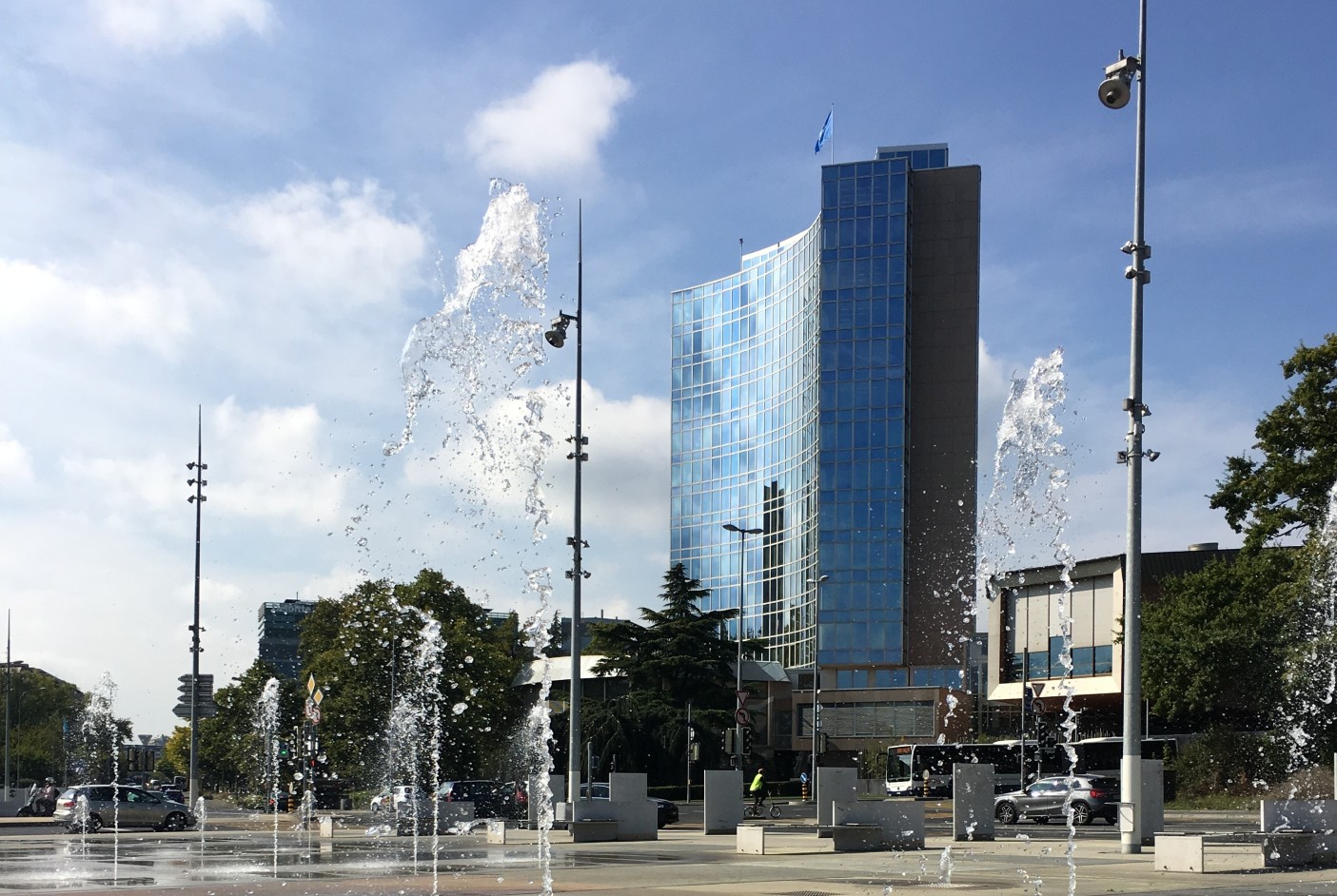
The World Intellectual Property Organisation (WIPO) has announced that it will hold a diplomatic conference with the aim of agreeing a new Design Law Treaty (DLT) that should harmonize and streamline the registered design process around the world. If successful, the conference could pave the way for the introduction of law changes that we believe will be of major benefit to businesses.
Compared with patent and trade mark law, which already have their own international law treaties, design law can be particularly difficult for companies to navigate on an international scale. Example differences include the existence in only some countries of a grace period allowing designs to be protected even after they have been disclosed, the existence in only some counties of both registered and unregistered forms of protection, and even the differing duration of protection afforded by design protection around the world. The DLT is not expected to resolve all of these differences, but looks set to be a step in the right direction for those who make use of design protection internationally.
Grace Period
Perhaps the headline proposal of the DLT is the requirement for all jurisdictions to provide a grace period. Territories such as the US, Europe and UK already offer a 12-month grace period, meaning that the designer’s own disclosures cannot prejudice their ability to protect a new design, provided their disclosure took place no more than 12 months before the priority date of the design registration. However, a number of other countries, most notably China, do not offer any grace period, meaning design protection cannot be obtained once the product is disclosed.
While the DLT currently proposes to mandate a grace period, the current proposal is to allow countries to choose between providing a 6-month or a 12-month grace period. The introduction of any sort of baseline grace period for design protection will be good news for businesses, as it will allow them to safely test out their products on the market for a period of time before having to decide whether or not to obtain registered design protection. However, businesses will still need to be careful that this potential discrepancy between the lengths of grace periods does not trip them up.
Visual Disclaimers
A practice that will be familiar to those who have design registrations in the US, Europe or UK is the use of broken lines to signify parts of a design that the applicant does not wish to claim. While this is a key practice in the US, Europe and UK, not all countries interpret these broken lines in the same way, meaning that it can be difficult to prepare one set of drawings that will achieve the same scope of protection in a number of countries around the world.
The DLT recognises in the proposed rules that broken or dotted lines may be used to identify in the representations matter that is not intended to form part of the claimed design. While this will bring the interpretation of drawings closer together between countries, it will not completely harmonise practices with regard to the representations, and designers will still need to carefully consider how they present their design in different jurisdictions.
Deferred Publication
Another notable provision is in the introduction of a requirement for countries to provide a mechanism for deferring publication, which would allow the applicant to keep their design application secret for a period of time after applying. Currently, the DLT proposes to require that designs can be maintained unpublished for a minimum period of six months following the filing date or the priority date of the application.
While the attempt to harmonise the law on this point is welcome, it is unfortunate to see that the length of time being proposed leaves the law rather toothless in practice. Since the priority period for designs is six months, it is already possible for companies to prevent publication of their designs by at least this long by filing their design first in a country that provides deferred publication and following up with priority-claiming designs in countries without deferred publication six months later. WIPO has noted that a “short period of six months has been opted for, in an attempt to strike a balance between the interest of applicants for secrecy and the interest of other parties”, but with patents already offering 18 months without publication as a standard, some stakeholders may well feel that WIPO could have been more ambitious on this issue.
Continued Processing and Reinstatement of Lapsed Applications
The final noteworthy change is in the proposal to require offices to allow for continued processing of an application where the applicant has failed to comply with a due date during prosecution for a short period, and to allow applications to be reinstated under certain circumstances where a failure was over longer periods.
WIPO recognises that, like patents, the loss of a design right is irreparable, and so has modelled its continued processing and reinstatement provisions on those included in the Patent Law Treaty (PLT). The current proposal is to allow applicants to apply to continue processing of their application by filing a request within two months of a missed due date, and to allow for reinstatement up to 12-month after the date missed provided that there are sufficient reasons for the failure.
What Next?
The current commitment is to hold a conference to discuss the proposals by the end of 2024. However, even if the treaty is agreed, it will still need to be reviewed and approved by the government of each participating country, meaning it could be several years yet before these changes come into effect. Nonetheless, any steps towards harmonisation can only be positive for design owners and are to be welcomed.
In the meantime, companies interested in protecting the appearance of their products should contact a member of our designs team for help and advice navigating the complicated international design system globally.
Please do get in touch if you have any questions concerning the Design Law Treaty and what it might mean for your innovation. Find contact details on my website profile here or contact us at gje@gje.com.



